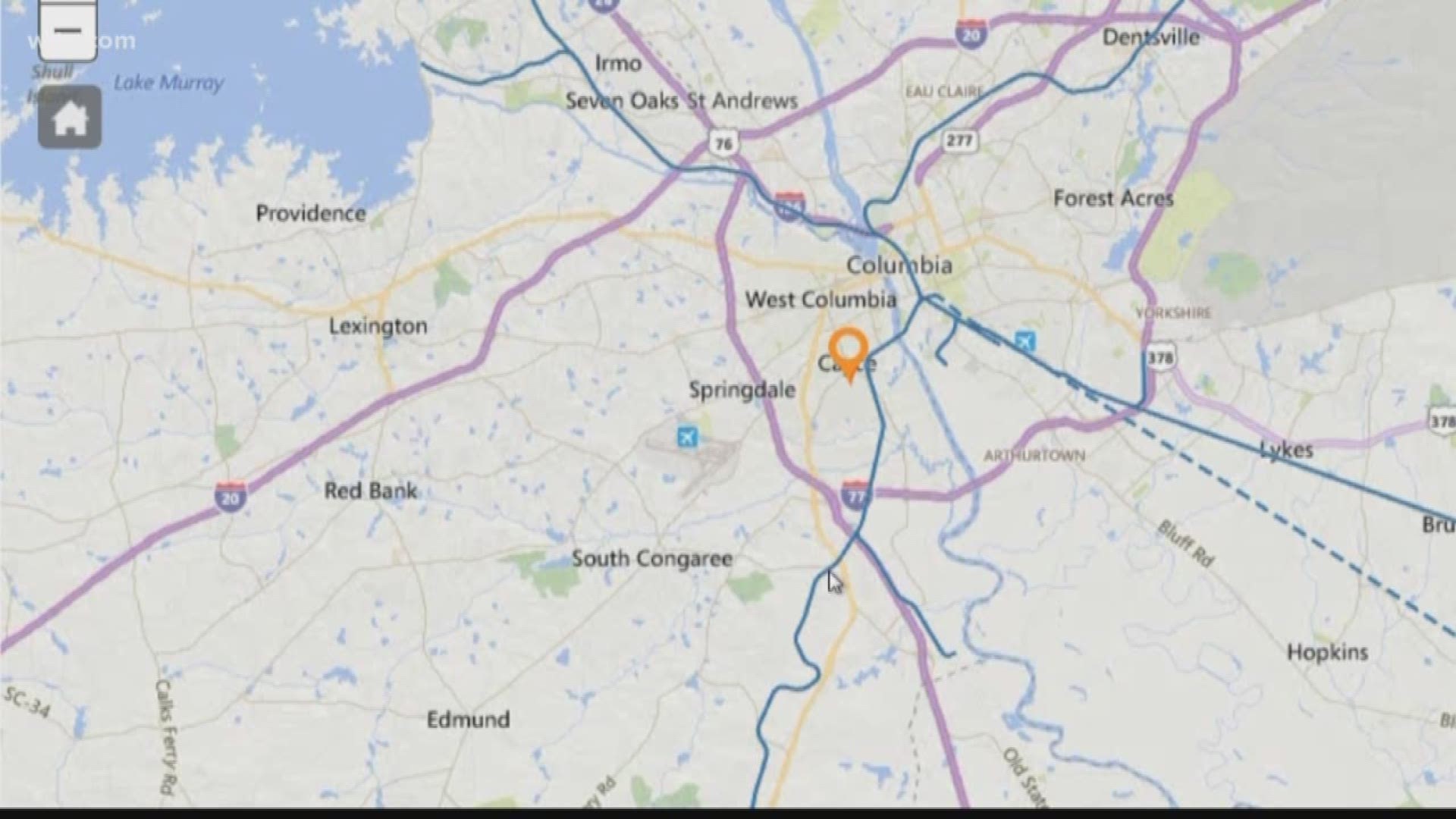Cayce, SC (WLTX) - Federal investigators are saying an improperly position track switch led to Sunday's fatal train collision in South Carolina that left two Amtrak employees dead and 116 people aboard the rail cars injured.
Instead of putting the Amtrak train on its normal, main path, the train was instead diverted to a set of side tracks where a CSX train was parked for the night.
The incident highlights the elaborate network of tracks, signals, and coordination it takes to keep trains running safely across the nation.
The CSX train website has all their train routes on an interactive map on their website.
There are multiple main lines that run parallel. Some of those are used for the flow of train traffic, and some are used for storage or staging areas.
What the maps don't show, is all the little tributaries that branch off of the main track lines. Those are all the storage yards and switch stations.
You can use Google Earth to see the area of the crash sire, and there are two of those "tributaries" visible directly across from where the crash occurred. This tell you that it is expected that cars can be stored in the area.
Then there are siding tracks. Those are the tracks that run parallel to the main lines. According to the National Transportation Safety Board, CSX had a train stored on one of those sidings on Sunday morning at a set of tracks located near the Charleston Highway in Lexington County. There were two locomotives cars both places at the front of the siding area, with 34 empty auto transport cars behind them. After those cars were put into the siding area, they were, as the NTSB put it, "lined and locked."
"Mechanically, when the train would've back into that siding, the conductor would get out and lock it in that particular position. We were able to see that it was actually, literally locked with a padlock to make it go into the siding," says NTSB Chairamn Robert Sumwalt.
Here's where the major problem comes in.
After those cars were put in that area, someone would have to switch the track back to the main line and then lock it in place. However, because the NTSB reported that there was an actual padlock on the switcher, it would indicate that there was maintenance being done on the line. And in that case, the lines would have been switched manually, whereas normally it would be done by a system operator.
This means that someone would have had to physically move a lever into the siding track position, and then lock it in place, which would insure that any train coming after that, would be routed onto the siding track, instead of switching to the main line.
The NTSB says they've interviewed four CSX employees who would have been involved in the switching and coordination that morning, and will interview Amtrak employees Tuesday. Federal investigators are expected to be at the crash site through the weekend.

